Nat’l & policy
Senate Commerce to consider Chao’s nomination Jan. 11–Politico
-“JAN. 11 IS THE BIG DAY: We let Pros know Tuesday that the confirmation hearing for President-elect Donald Trump’s choice for secretary of Transportation, Elaine Chao, would possibly be next week. But now we have a date and time: Jan. 11 at 10:15 a.m.”
What to know about the 115th Congress–Boston Globe
-“On Tuesday at noon, with plenty of pomp and pageantry, members of the 115th Congress will be sworn in, with an emboldened GOP intent on unraveling eight years of President Obama’s Democratic agenda and targeting massive legacy programs from Franklin D. Roosevelt and Lyndon B. Johnson such as Social Security and Medicare.”
Trump’s infrastructure plan likely to take shape later in spring–The Hill
-“President-elect Donald Trump’s promised infrastructure package will likely take shape after his first 100 days in office, according to top Republican lawmakers on Capitol Hill.
Rep. Bill Shuster (R-Pa.), chairman of the Transportation and Infrastructure Committee, said Congress will focus on finding ways to pay for Trump’s infrastructure proposal during the first few months of his presidency, with a broader package likely to come together later in the spring.”
Republicans embrace Amtrak’s Gulf Coast rebirth–Politico
-“A decade after Hurricane Katrina wiped out a long stretch of Amtrak’s transcontinental passenger route in the Deep South, the railroad is plotting to bring it back. And it’s attracted a seemingly unlikely group of cheerleaders: red-state Republicans.”
Transportation agency taps ‘Build America’ leader–The Hill
-“The Department of Transportation has tapped an executive director to lead its Build America Bureau, the agency announced Friday.
Martin Klepper will join the newly created entity, which was established this summer to back transportation and infrastructure projects in the U.S.”
Five transportation issues to watch under Trump–The Hill
-“President-elect Donald Trump has long talked about the need to repair the nation’s crumbling bridges, roads and airports.
Next year, the real estate mogul will have plenty of opportunities to address those issues.
The incoming administration and new Congress will be facing a number of key transportation decisions, from setting federal aviation policy to determining local transit funding. Here are five transportation issues to watch in 2017.”
DOT secretary-nominee Chao outlines agency priorities–Land Line Magazine
-“Effective enforcement, getting the most bang for the buck, and considering new technologies are key for Department of Transportation secretary-nominee Elaine Chao in addressing her top priorities for the department.”
Anthony Foxx, the Great Connector–City Lab
“The outgoing U.S. Secretary of Transportation reflects on autonomous vehicles, economic justice, and a remarkable tenure.”
Suburbs increasingly view their auto-centric sprawl as a health hazard–Washington Post
“Planners in Prince George’s County have talked for years about reshaping communities to help residents fetch a gallon of milk via a walk or bicycle ride, rather than add to stifling traffic congestion by having to drive.
But planners say they’re increasingly treating the Maryland county’s low-density, auto-dependent design as more than a traffic problem. More often, they say, they’re considering sprawl a health hazard.”
Local & state funding
SC lawmakers to discuss gas tax hike again in 2017 to fix roads, bridges–WBTV
“A proposed bill in South Carolina would allow county voters to choose whether to raise the gas tax to fund crumbling roads and bridges, but not everyone is in favor of the idea.
The bill was pre-filed by lawmakers from the Charleston area.
Funding to fix poor roads in the Palmetto State has been the center of debate for lawmakers in Columbia for years.
Legislators were unable to come to a long-term solution to fund the needed infrastructure improvements. The issue is expected to be a top priority when they return in January.”
State (Idaho) hits road blocks for transportation funding–Idaho Press
-“In the run-up to the November election, legislative candidates from Canyon County made one of their top priorities fixing the stretch of Interstate 84 from Caldwell to Nampa, a section of roadway that has posed a challenge to motorists and public safety officials for years.”
Oregon Legislature will try to ease Portland’s traffic problems–KATU News
“PORTLAND, Ore. — Oregon lawmakers are determined to pass a bill this session that will address the Portland area’s growing traffic problem.
A special committee of seven senators and seven representatives, the Committee on Transportation Modernization and Preservation, toured the state this summer to hear what Oregonians want in a 2017 transportation funding package.”
Local & state news
As Second Avenue Subway Opens, a Train Delay Ends in (Happy) Tears–NY Times -“Finally.
The Second Avenue subway opened in New York City on Sunday, with thousands of riders flooding into its polished stations to witness a piece of history nearly a century in the making.
They descended beneath the streets of the Upper East Side of Manhattan to board Q trains bound for Coney Island in Brooklyn. They cheered. Their eyes filled with tears. They snapped selfies in front of colorful mosaics lining the walls of the stations.”
MTA Rethinks Approach to Second Avenue Subway–Wall Street Journal
-“With the first phase of the Second Avenue Subway set to open Jan. 1, transit agency says it is looking for ways to cut time and costs for final 13 stations”
Excuses for High Construction Costs (Opinion)–Pedestrian Observations (Alon Levy)
“I have written many posts about international differences in subway construction costs. They’ve gotten a lot of media attention, percolating even to politicians and to a team of academics.”
Houston area leaders: Time to push transportation improvements beyond adding and widening freeways–Houston Chronicle
Houston-area officials, and especially drivers, have known for years the region’s roads are strained and congested, but a panel earlier this month with the county judges of the area’s largest suburban counties might have been a first in terms of the dire message expressed.
“Traffic is not going to get any better. It’s just not,” Brazoria County Judge Matt Sebesta said.
Montgomery County Judge Craig Doyal told the crowd of engineers, road builders and consultants: “You can only put so many lanes of traffic down.”
The message from Fort Bend County Judge Bob Hebert: “Trying to do what we’ve done over the last 50 years and more of it just will not work.”
Los Angeles Drivers on the 405 Ask: Was $1.6 Billion Worth It?-NY Times
-“It is the very symbol of traffic and congestion. Interstate 405, or the 405, as it is known by the 300,000 drivers who endure it morning and night, is the busiest highway in the nation, a 72-mile swerving stretch of pavement that crosses the sprawling metropolis of Los Angeles.
So it was that many Angelenos applauded when officials embarked on one of the most ambitious construction projects in modern times here: a $1 billion initiative to widen the highway. And drivers and others put up with no shortage of disruption — detours and delays, highway shutdowns, neighborhood streets clogged with cars — in the hopes of relieving one of the most notorious bottlenecks anywhere. Six years after the first bulldozer rolled in, the construction crews are gone. A new car pool lane has opened, along with a network of on- and offramps and three new earthquake-resistant bridges. But the question remains: Was it worth it?
Bike/Pedestrian
(NY) State’s Highest Court Holds NYC Liable for Injuries on Streets Without Traffic Calming–Streetsblog NYC
-“The Court of Appeals, New York’s highest court, ruled that New York City and other municipalities can be held liable for failing to redesign streets with a history of traffic injuries and reckless driving.”
Transit
Next phase of the Wilshire subway receives $1.6 billion in federal funds–LA Times
-“The announcement in Los Angeles on Wednesday of more than $1.6 billion in new funding for the Westside subway brings transportation officials one step closer to their ambitious goal of finishing the nine-mile line before the 2024 Olympic Games.”
Where Metro’s Trains Need to Be Protected From Cars–LA Magazine
-“Metro is currently fishing for a contractor to rate all the street-level crossings on the Blue Line, the popular DTLA to downtown Long Beach light rail line. An early plan calls for elevating or sinking the train at busy intersections; the ones where the most car vs. train and train vs. pedestrian accidents occurred. Another proposal could turn the ground-level Wardlow Station in Long Beach into an elevation stop, ala the Chinatown or Culver City stops.”
Shared-use mobility & tech
Local leaders to Cuomo, lawmakers: Bring Uber to upstate NY–WXXI News
-“Mayors and county executives are urging New York Gov. Andrew Cuomo and state lawmakers to authorize Uber’s upstate expansion.”
Jesse Jackson presses Uber for diversity data–The Hill
-“Civil rights leader Jesse Jackson is urging Uber to disclose the racial and gender composition of its workforce, according to a letter obtained by USA Today.
Jackson called on the ride-hailing firm to make its diversity data available to the public by next month, urging CEO Travis Kalanick to join the fight to “change the face of technology.”






 For the last few years, Mallory has been working in digital marketing, focusing on content strategy, account management, copywriting, and guerrilla marketing. Simultaneously, she has been operating as both a public artist and cultural organizer in community-based and social practice art, which utilizes art to engage pressing social issues in communities. One interesting project of hers worth highlighting here is Mirror Casket, a “visual structure, performance, and call to action for justice” following the death of Michael Brown in Ferguson, MO and subsequent protests. (See images and more information at the bottom of this post. -Ed.)
For the last few years, Mallory has been working in digital marketing, focusing on content strategy, account management, copywriting, and guerrilla marketing. Simultaneously, she has been operating as both a public artist and cultural organizer in community-based and social practice art, which utilizes art to engage pressing social issues in communities. One interesting project of hers worth highlighting here is Mirror Casket, a “visual structure, performance, and call to action for justice” following the death of Michael Brown in Ferguson, MO and subsequent protests. (See images and more information at the bottom of this post. -Ed.)

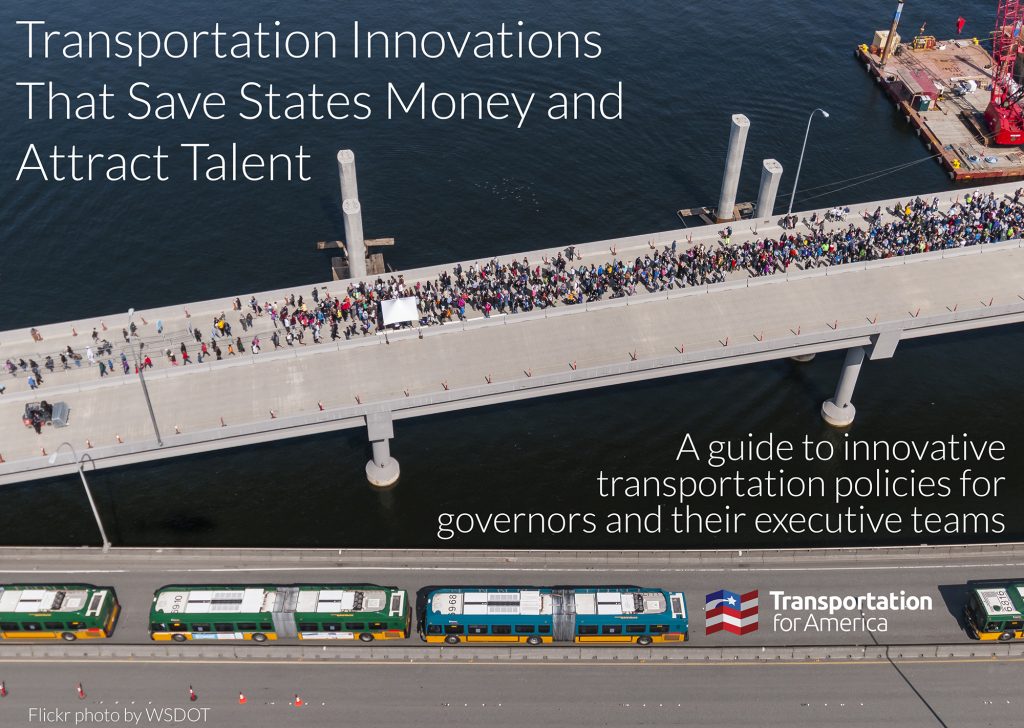

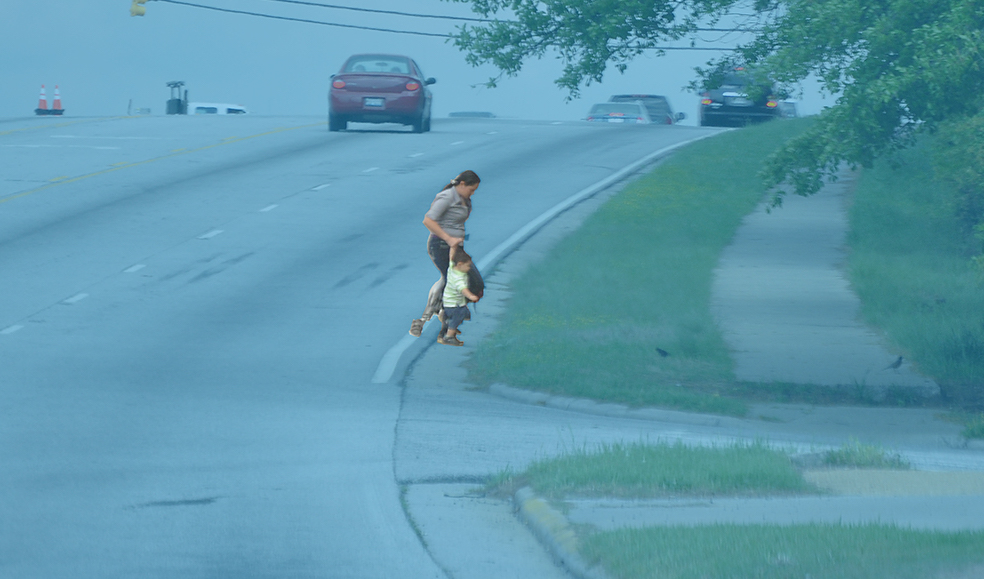



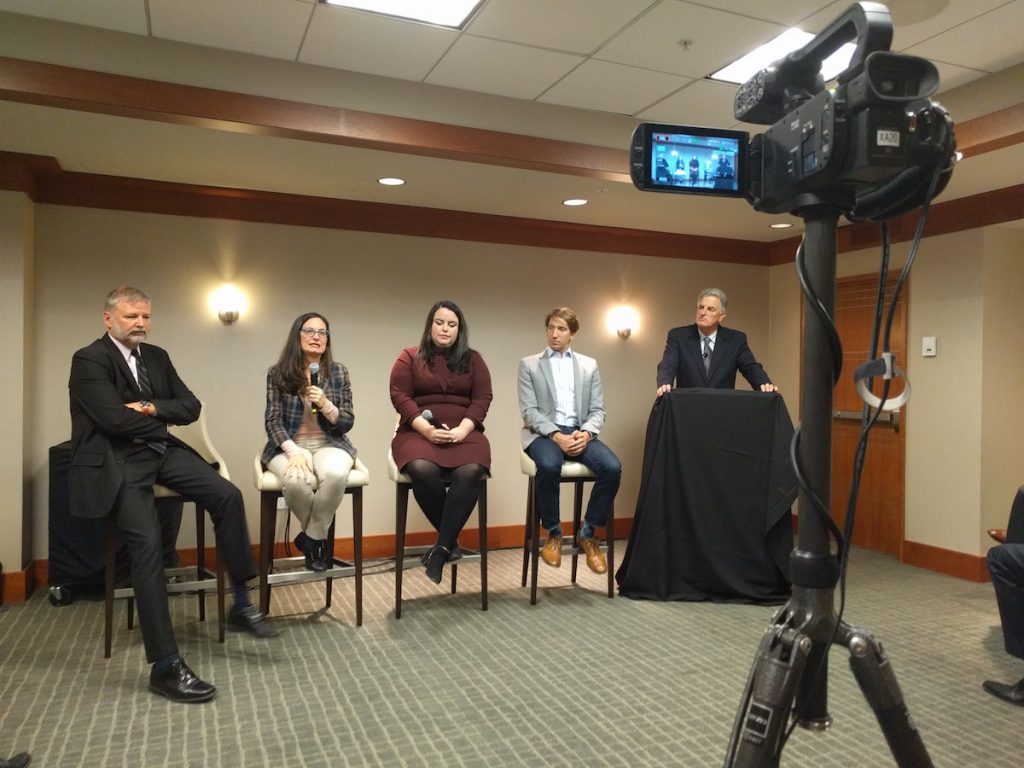


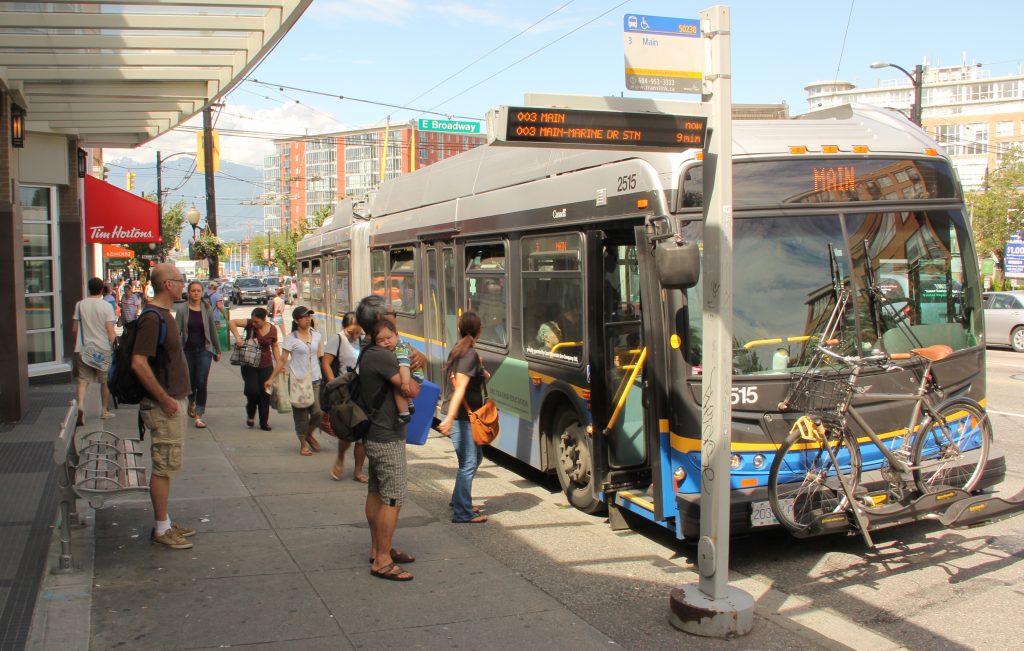
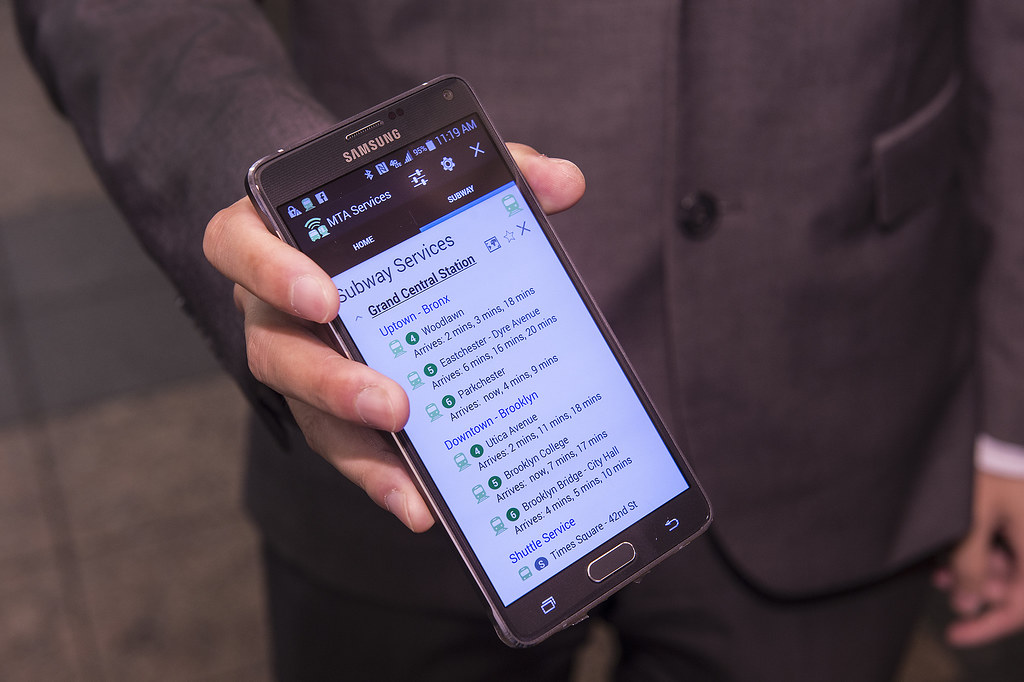
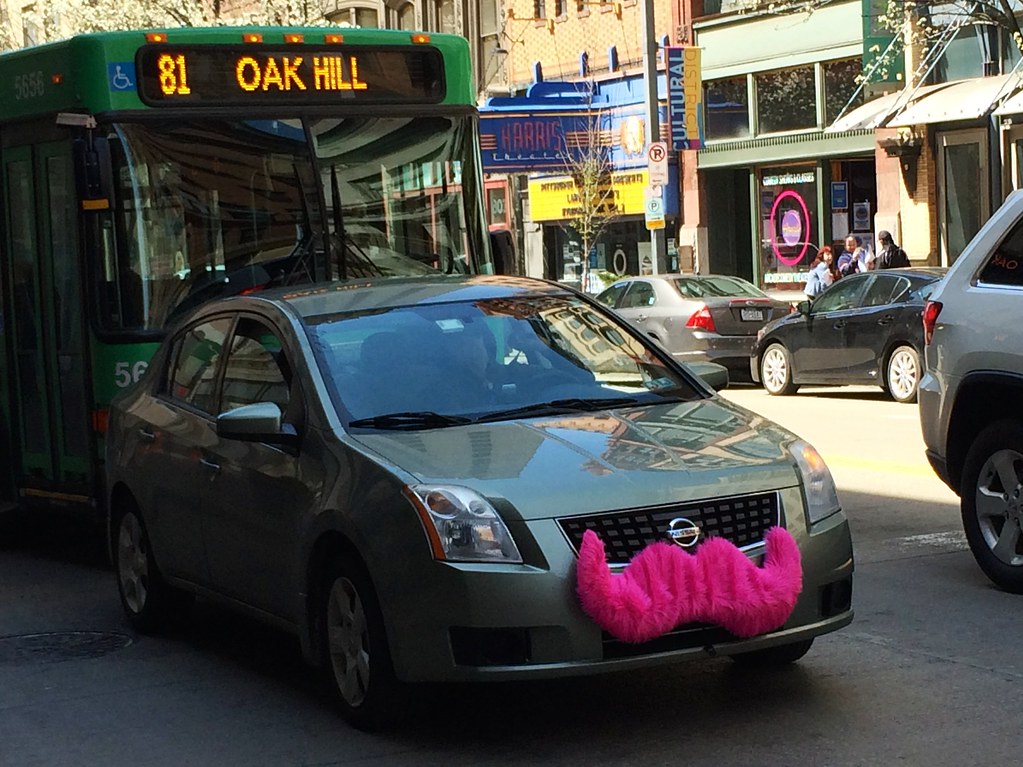
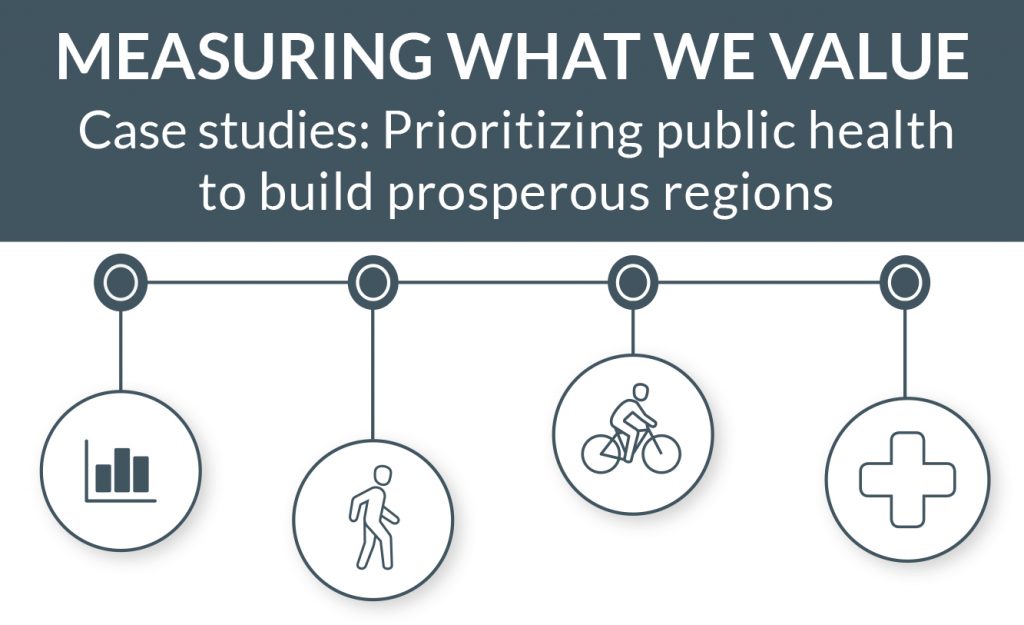


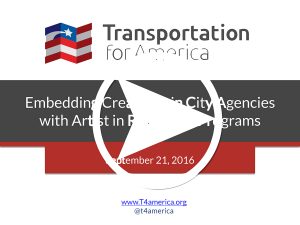
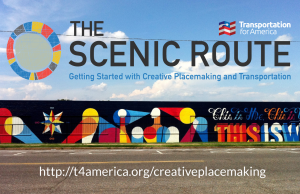
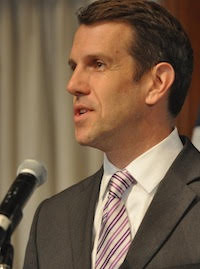 WASHINGTON, DC — After more than eight years as the director of Transportation for America, the only national non-profit coalition dedicated to smart, homegrown, locally-driven transportation solutions, James Corless has been selected by the Sacramento Area Council of Governments (SACOG) to become the agency’s new chief executive officer beginning in the spring of 2017.
WASHINGTON, DC — After more than eight years as the director of Transportation for America, the only national non-profit coalition dedicated to smart, homegrown, locally-driven transportation solutions, James Corless has been selected by the Sacramento Area Council of Governments (SACOG) to become the agency’s new chief executive officer beginning in the spring of 2017.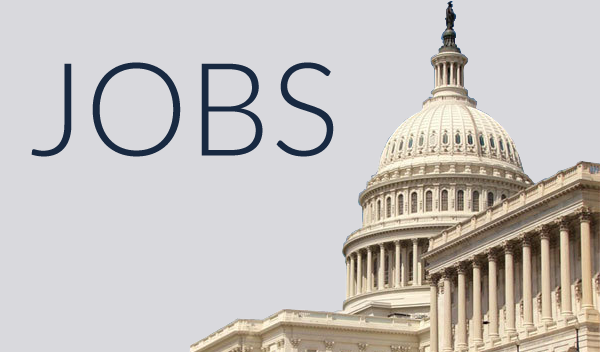
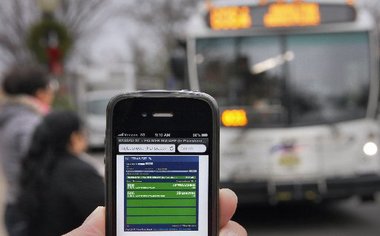



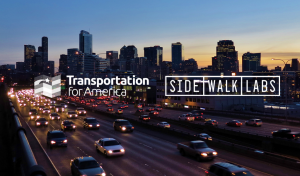 The Smart City Collaborative is our national, multi-city collaborative with Sidewalk Labs to help cities use technology to meet their pressing transportation challenges. Cities in the collaborative will join working groups focused on one aspect of a smart city and collaborate to develop pilot projects, share successes and failures, and engage with one another to come up with new, creative solutions to their unique problems.
The Smart City Collaborative is our national, multi-city collaborative with Sidewalk Labs to help cities use technology to meet their pressing transportation challenges. Cities in the collaborative will join working groups focused on one aspect of a smart city and collaborate to develop pilot projects, share successes and failures, and engage with one another to come up with new, creative solutions to their unique problems. 